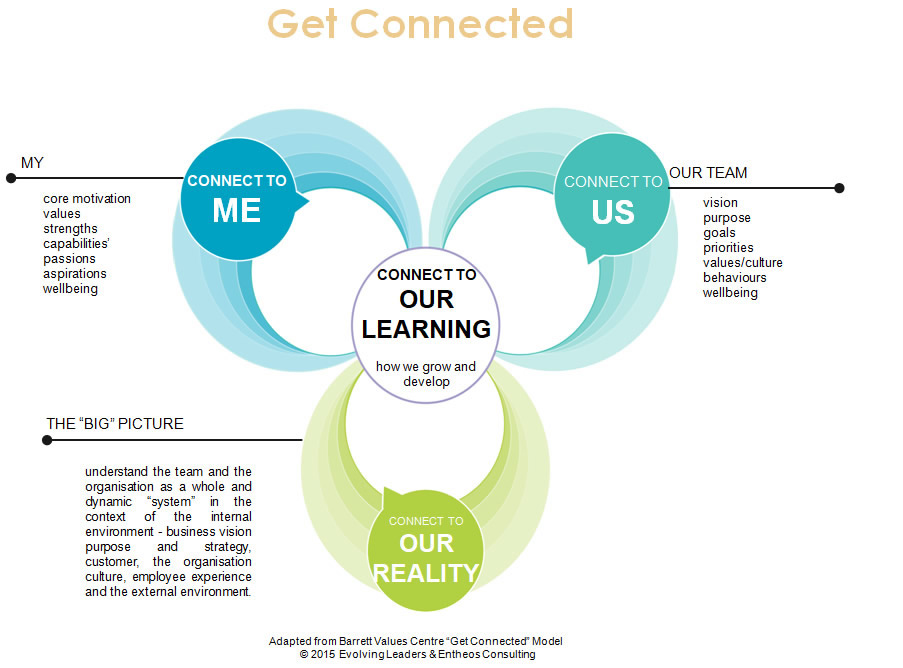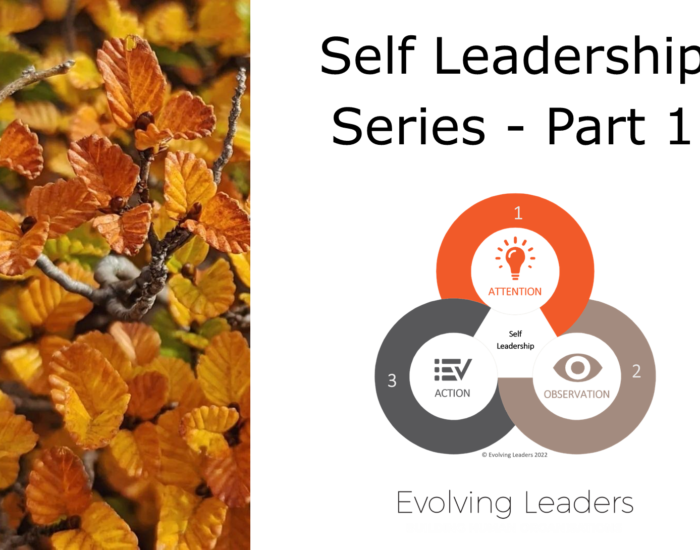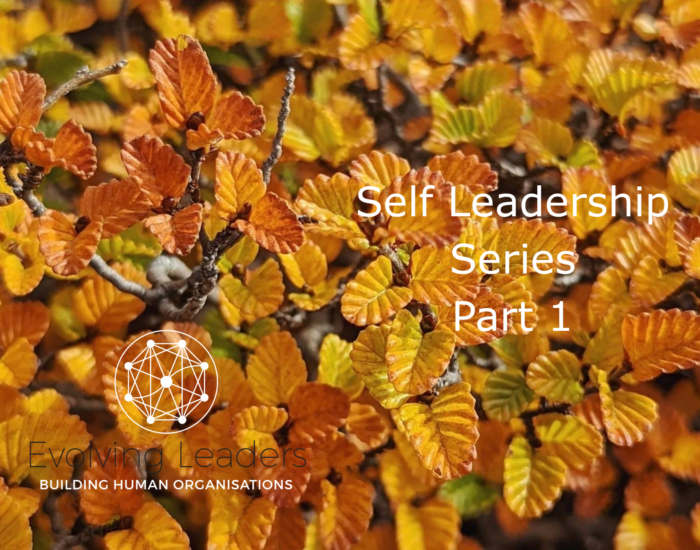Get Connected. It’s the key to cultural change. Part 3 Connect to OUR REALITY, Connect to OUR LEARNING
In this series of blogs posts of I have been exploring the different aspects of ‘connection’ that exist at the heart of a human organisation. In Part 1 I looked at the individual perspective, ‘Connect to Me’ and in Part 2 at the team- or organisation-level perspective, ‘Connect to Us’.
These derive from the model presented here, which is adapted from the Barrett Values Centre ‘Get Connected’ model and which I use in my work as a road map to simplify some of the complexity and multi-faceted considerations that exist when navigating cultural change.

In this post we will explore the third cornerstone, ‘Connect to Our Reality’ and the one that brings it all together, ‘Connect to our Learning’
Connect to Our Reality
In this cornerstone of the ‘Get connected’ model, our focus is on understanding the team, the organisation and the wider environment as a whole and dynamic ‘system’ in the context of:
- Business vision and purpose
- Business strategy
- Business performance
- The customer experiences
- Internal environment (organisation culture and employee experience) and
- External environment (competitors, political, economic, social, legislative etc).
Thinking systemically and holistically and understanding dependencies and the broader context of the overall system is vital to creating a healthy, high-performing team culture.
Building connections means understanding, paradoxically, that everything is already connected. Recognising the interconnectedness of different systems – for instance a team in the context of a business unit, a business unit in the context of an organisation, an organisation in the context of a parent organisation and the external landscape – makes sure that the context for transforming the team culture is aligned.
I once worked with some individual faculties which each formed part of a large educational institution. The team within each faculty had its own subculture, as did every other team. And then there was an overall culture that existed across the organisation. This is quite normal, of course. You’ll see a form of it in every large organisation. The challenge when working with just one faculty is that while you can work on changing the ‘local’ culture, you can’t change the culture at an organisational level. But you can’t ignore that broader context either.
By understanding and accepting the ‘connection to our reality’ we are better able to identify the boundaries in which we operate, which strengthens the team focus and resolve towards their desired culture as an expression of that group of people.
Connect to Our Learning
“If you want a harvest in a year, grow a crop…
If you want a harvest in ten years, grow a tree…
If you want a harvest that will last for a life time, grow people.” -Chinese Proverb
‘Connect to Our Learning’ sits front and centre in our Get Connected model for building team culture and that is rightly where it belongs. Culture transformation doesn’t happen without engaging every single employee on a learning journey to develop self-awareness and the practical skills and behaviours they need to increase their self-mastery, to learn to manage their behavioural triggers, to see different perspectives and to enact self-leadership.
In a healthy team culture, ‘everyone is a leader’. Leadership is a mindset and a behaviour that applies to everyone, not just the anointed few. People are responsible for playing a role in driving their own learning and development and the organisation is responsible for providing the learning opportunities that create engaged employees and healthy, high performing culture.
Our Get Connected approach to building team culture is a learning process designed to ignite new awareness about ‘who we are’ and ‘how we show up’ and to bring to the surface the visible and invisible factors driving engagement and performance. This process is deeply transformational as we delve into what is occurring below the surface and uncover the assumptions that are held about the impact of the different dynamics across the eco-system and on individual and organisational performance and well-being.





